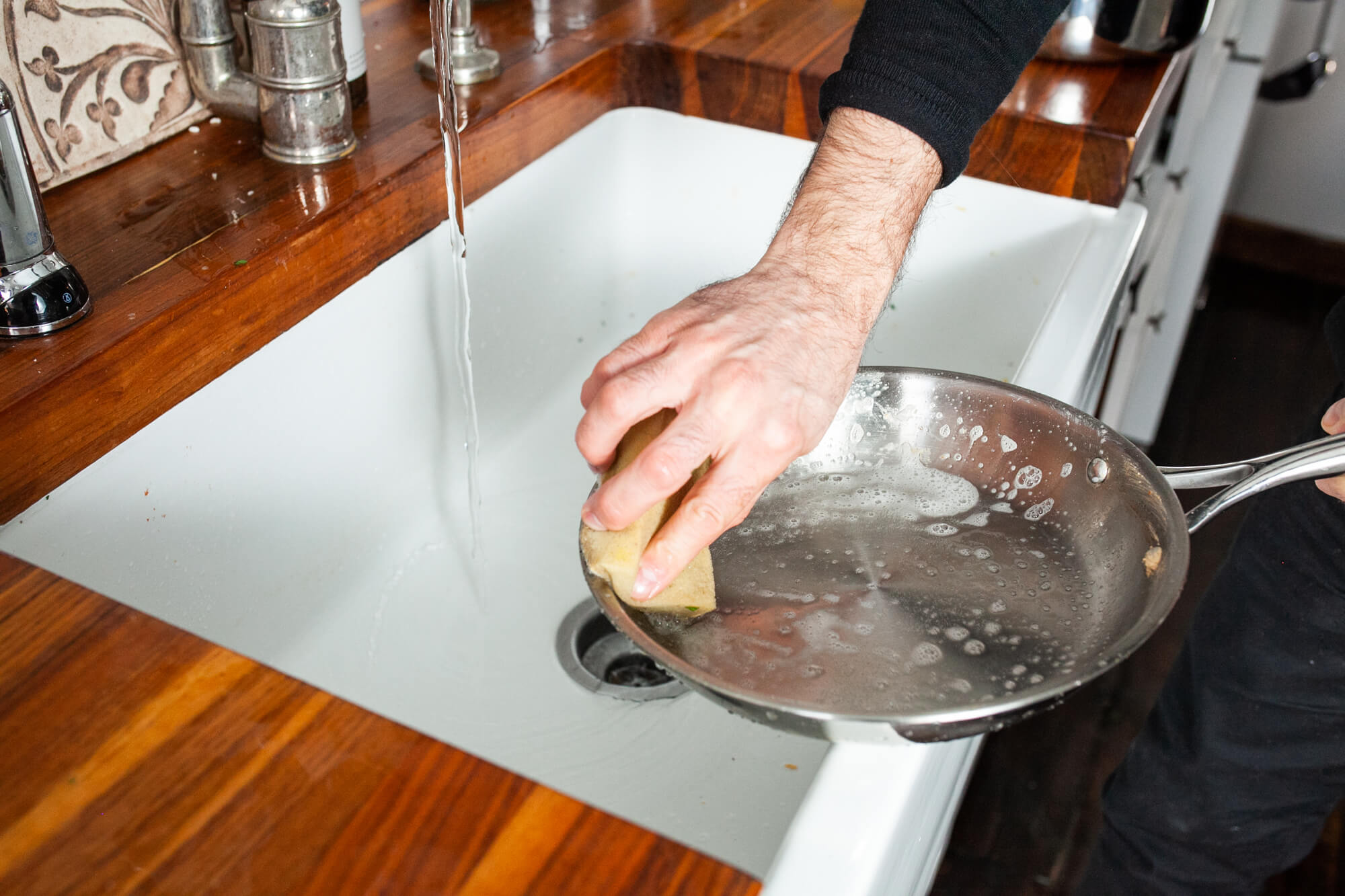
Cooking Techniques Demystified: Bake vs. Roast vs. Broil
Ever stood in front of your oven, puzzled by the nobs and switches, unsure which to use to cook your last-minute dinner? You're not alone.
Bake vs Roast vs Broil - what's the difference? Let's explore these cooking techniques in more detail.
Understanding Bake, Roast, and Broil
Baking, roasting, and broiling are fundamental cooking methods, each serving different purposes.
Baking uses both heating elements of an oven, typically set between 300°F to 350°F. This technique helps the food cook evenly as hot air circulates around it.
Roasting employs higher temperatures, typically above 350°F. The dry high heat is ideal for large cuts of meat or thick vegetables, creating a golden brown exterior while preserving a tender interior.
Broiling uses only the top heating element of your oven, which can reach up to 550°F. This method relies on direct heat to bring food close to the source of high temperature, allowing quick browning on surfaces.
Let's explore these techniques in more detail.
Understanding Baking
Baking relies on cooking food with moderately hot air, usually ranging from 300°F to 350°F. This process cooks food by surrounding it with dry heat and is common for more delicate foods that cannot withstand extremely high temperatures, such as bread, cakes, cookies, pastries, and casseroles. The dry heat in the oven causes the outer layers of the food to brown and develop a desirable texture while the inside cooks through.
A slight adjustment in temperature can significantly impact the outcome - crispier cookies or softer cakes. Therefore, understanding your oven settings is key when it comes to perfecting your favorite baking recipes.
Understanding Roasting
Like baking, roasting also relies on dry heat to cook foods, but it does so at a higher temperature, typically above 350°F. This promotes caramelization on the surface of the food, which enhances flavor and creates a desirable texture (much like pan-searing).
Roasting is often used for large cuts of meats and thicker vegetables (such as root vegetables), which can withstand the higher temperatures.
Choosing the right roasting pan can significantly impact your cooking. A quality pan ensures even heat distribution, preventing undercooked or overdone spots and contributing to uniform browning and flavor development.
Understanding Broiling
Broiling is all about high temperatures and direct heat, resulting in browning of your food to add flavor. This direct heat cooks the exterior of the food quickly, creating a seared caramelized crust.
This method works great with foods that can handle this extreme form of cooking without drying out – such as steaks or pork chops - because they are thick enough to withstand the intensity. Broiling is also a great way to finish cooking certain foods to achieve a seared top layer to add texture and flavor.
Using Toaster Ovens and Air Fryers for Baking, Roasting, and Broiling
Toaster ovens and air fryers are versatile cooking appliances that let you bake, roast, or broil with ease.
The Power of a Toaster Oven
A toaster oven typically has heating elements both at the top and bottom. This setup mimics a traditional oven's heat distribution, making it perfect for baking cookies to golden brown perfection or roasting large cuts of meat.
Cooking With An Air Fryer
An air fryer uses hot air circulation technology which cooks food evenly. It can easily handle higher temperatures required for quick browning when broiling pork chops or chicken breasts.
FAQs in Relation to Bake vs Roast vs Broil
Is roast and bake the same thing?
No, roasting uses higher temperatures to brown the surface of food while baking envelops food in moderate heat for even cooking.
Do I use broil or bake for meat?
Baking is great for large cuts of meat that need time to cook thoroughly. Use broiling for quick browning and sealing in juices.
What happens if you bake instead of broil?
If you opt to bake when a recipe calls for broiling, your dish might not get that crispy top layer because baking heats evenly, unlike direct high heat from broiling.




